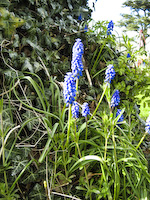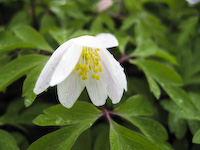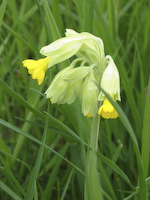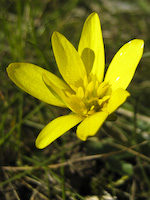Just thought that I would post a quick summary of a few articles that I found in the last couple of weeks that I thought were interesting.
The BBC website has reported on the latest proof that the Thames is getting cleaner – the discovery that short snouted seahorses, normally found in the Mediterranean have been discovered living and breeding at three sites along the river.
New Scientist has recently reported that bamboo fibres can act as an antibacterial agent and protect against UV, although there is apparently some dispute about this. However, as someone who owns several bamboo t-shirts (purchased from www.bambooclothing.co.uk) I can certainly say that they are very comfortable, seem to wick sweat away better than other t-shirts and also seem to reduce static. This supplier also claims high environmental and ethical credentials.
In the Times dated 8th April 2008 there was an article stating that as a nation we apparently throw away 4.5 million apples every day – I found that truly shocking (I thought at first they meant 4.5 million per year and had to read the article twice).
The full report is due to be published by WRAP (Waste Resource Action Plan) next month. In addition we are apparently throwing away 5.1 million potatoes and 1.6 million bananas. When added together the average household throws away £400 of food every year. This is at the same time as people are claiming they cannot afford to feed their families with fresh, local, free-range or organic food.
Also in the Times (dated 11th April 2008) there was an article about the nation’s railways. I was surprised to learn that last year passengers travelled 30 billion miles on our much maligned rail network, more than any other year in peacetime. This is despite rising prices and delays. The article was highlighting a report from the Association of Train Operating Companies which included a vision for 2057 by which time it is expecting passenger numbers will have trebled. This calls for high speed rail lines to Scotland along the east and west coasts and another to Cardiff as well as a number of other links operating at conventional speed. Unfortunately the government (and this seems to be the case whatever the flavour) seem relatively non-commital about rail travel and its ability to alleviate congestion and overcrowding in the South East and seem to have developed a grand total of 0 plans for the long term, although they may think about commissioning a study some time.



